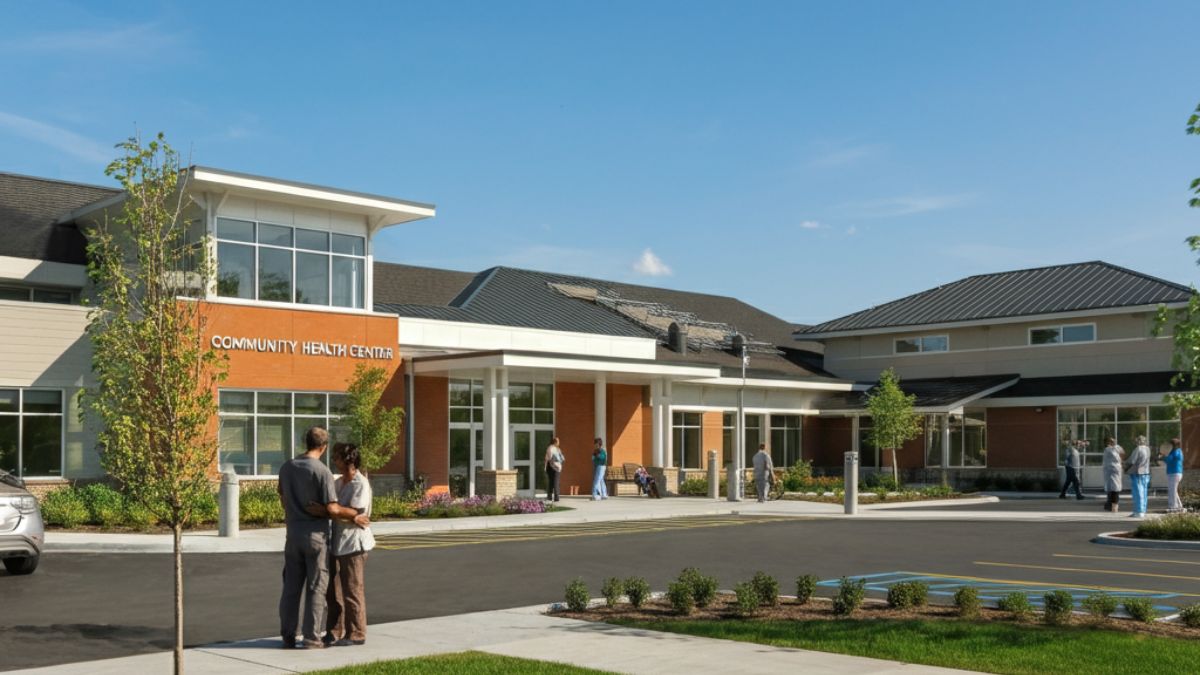Public health serves as the backbone of thriving, resilient communities. From preventing the spread of infectious diseases to promoting healthier lifestyles, public health initiatives impact nearly every aspect of our daily lives. Yet, many people aren’t fully aware of just how vital public health is or how it influences their well-being.
This blog will explore the key pillars of public health, its challenges, and how it helps build stronger communities. By the end, you’ll understand why supporting public health initiatives is crucial for a healthier and more equitable future.
What is Public Health?
Public health is the science and practice of protecting and improving the health of entire populations. Unlike healthcare, which focuses on treating individual patients, public health works on a broader scale. It encompasses everything from researching disease patterns to creating policies that promote wellness.
Public health aims to:
- Prevent disease and injury through awareness, education, and vaccination programs.
- Promote healthy behaviors, such as balanced diets, exercise, and smoking cessation.
- Contribute to health equity by ensuring that everyone, regardless of socioeconomic background, has access to quality healthcare and resources.
At its core, public health is about prevention and education, making it a cost-effective strategy for creating healthier societies.
The Key Pillars of Public Health
To better understand public health, it’s helpful to break it into its major components:
1. Epidemiology and Surveillance
Epidemiology is the study of how diseases spread and impact populations. During outbreaks like COVID-19, epidemiology helps us understand infection rates, risk factors, and the effectiveness of potential interventions. Surveillance systems play a crucial role in identifying health threats early, enabling faster responses and ultimately saving lives.
Example: The flu surveillance system by the Centers for Disease Control and Prevention (CDC) has provided invaluable data on influenza trends, guiding vaccination strategies.
2. Health Promotion and Education
Educating the public is one of the most critical functions of public health. Campaigns that encourage people to quit smoking, use seatbelts, eat nutritious foods, or engage in regular physical activity are examples of health promotion. These initiatives not only improve individual well-being but also reduce strain on healthcare systems.
Example: The widespread success of anti-smoking campaigns in reducing tobacco use demonstrates how public health education leads to measurable outcomes.
3. Environmental Health
Our environment plays a pivotal role in determining health outcomes. Public health programs monitor water quality, manage waste, and address air pollution to ensure communities live in safe, clean, and sustainable environments.
Example: Flint, Michigan’s water crisis underscored the importance of environmental health practices in preventing systemic damage to community well-being.
4. Policy Advocacy
Public health professionals work with governments, organizations, and communities to craft policies that safeguard populations from harm. These policies can range from regulating harmful substances to ensuring inclusivity in healthcare access.
Example: Legislation requiring calorie counts on menus has been instrumental in empowering consumers to make informed eating choices.
5. Emergency Preparedness
Disasters, whether natural or human-made, call for rapid public health action. Preparing for emergencies minimizes healthcare strain during events like hurricanes, wildfires, or disease outbreaks.
Example: Public health preparedness ensured timely vaccine rollouts during the COVID-19 pandemic and saved countless lives.
Challenges Facing Public Health Today
While public health has achieved incredible milestones, it faces significant challenges that threaten its progress, including:
1. Health Inequalities
People in underserved areas often face barriers like lack of access to fresh food, clean water, or quality healthcare. These disparities result in poorer health outcomes and a higher prevalence of preventable diseases in vulnerable communities.
2. Funding Shortages
Public health programs often struggle with limited budgets. Competing government priorities mean that key public health programs sometimes experience significant underfunding, compromising their effectiveness.
3. Misinformation
The rise of social media has contributed to the spread of health misinformation, making public health education more challenging. Disinformation campaigns about vaccine safety, for example, have eroded public trust in life-saving interventions.
4. Emerging Disease Threats
Globalization and climate change contribute to the emergence of new diseases. More frequent travel, deforestation, and urbanization expose communities to previously unknown pathogens.
How Public Health Builds Stronger Communities
Public health ensures that every community member has the opportunity to thrive. Here’s how it contributes to resilience:
1. Encouraging Preventive Care
Prevention is more effective and less expensive than treatment. Vaccination programs against diseases like measles and polio have eradicated or significantly reduced their prevalence, saving millions of lives.
2. Strengthening Healthcare Systems
By improving access to care, reducing costs, and promoting healthier behaviors, public health initiatives ease the strain on overcrowded healthcare systems.
3. Improving Quality of Life
Clean air, potable water, safe housing, and access to fresh foods are all made possible through effective public health policies. These contribute significantly to improved life expectancy and quality of life.
4. Fostering Community Engagement
Public health initiatives often rely on community participation, empowering individuals to take active roles in shaping their well-being.
What Can You Do to Support Public Health?
While public health professionals work hard to build healthier societies, we all have a role to play. Here are simple ways you can contribute:
- Stay informed: Rely on reputable sources like the CDC or World Health Organization for health information.
- Advocate for health equity: Support policies that reduce disparities and promote access to healthcare.
- Volunteer: Join local initiatives like cleanup drives or community health fairs.
- Adopt healthy behaviors: Simple actions like exercising, eating well, and staying vaccinated make a significant impact.
A Healthier Future Starts with Public Health
Public health’s ability to transform the lives of individuals and entire communities is both inspiring and essential. By preventing disease, promoting equality, and improving quality of life, it addresses the root causes of societal health challenges.
Whether you’re supporting public health initiatives, volunteering in your community, or simply adopting healthier behaviors, every small action contributes to a larger goal. Together, we can build a world where everyone, regardless of where they live, enjoys access to better health outcomes.
FAQs
What is public health?
Public health is the science of protecting and improving the health of people and their communities. It encompasses efforts to prevent diseases, promote healthy behaviors, and address health disparities on a population scale.
Why is public health important?
Public health plays a vital role in ensuring that individuals live healthier and longer lives. It focuses on prevention, education, and intervention to tackle key health issues, improve quality of life, and reduce healthcare costs.
How can I support public health initiatives?
You can support public health initiatives by volunteering, advocating for policies that promote health equity, participating in community events, or adopting practices that encourage healthier living within your own family or community.
What are examples of public health programs?
Examples include vaccination campaigns, nutrition and exercise education programs, efforts to provide clean drinking water, and initiatives aimed at reducing the spread of infectious diseases.
Who works in public health?
Public health professionals come from diverse backgrounds, including medicine, epidemiology, education, social work, and environmental science. Together, they collaborate to address health challenges and improve outcomes for communities.











